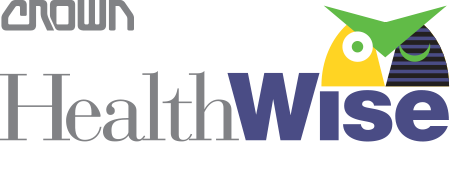Did you know, there is significant correlation between good oral health and overall well-being? Research consistently shows maintaining good oral hygiene not only contributes to a healthy smile but can also play a crucial role in promoting general health. Poor oral hygiene can lead to an accumulation of harmful bacteria in the mouth, which can subsequently enter the bloodstream, causing inflammation. This can attribute to heart disease, diabetes, respiratory infections, and other diseases. In addition, the accumulation of harmful bacteria in the mouth can lead to problems such as cavities, gum disease, and tooth loss. These problems can significantly impact an individual’s quality of life, leading to discomfort, difficulty eating, and diminished self-confidence.
Make a commitment to yourself and prioritize your oral health by following these simple practices:
- Brush teeth thoroughly at least twice a day.
- Floss daily to remove food particles and plaque between your teeth.
- Schedule regular dental check-ups and cleanings to detect and address any issues early on.
- Maintain a balanced diet low in sugary snacks and beverages which can contribute to tooth decay.
- Avoid tobacco use as it not only stains teeth but also increases the risk of gum disease and oral cancer.
By making this commitment to oral health you can support both your oral health and your overall well-being.
Take Charge. Live Well!






